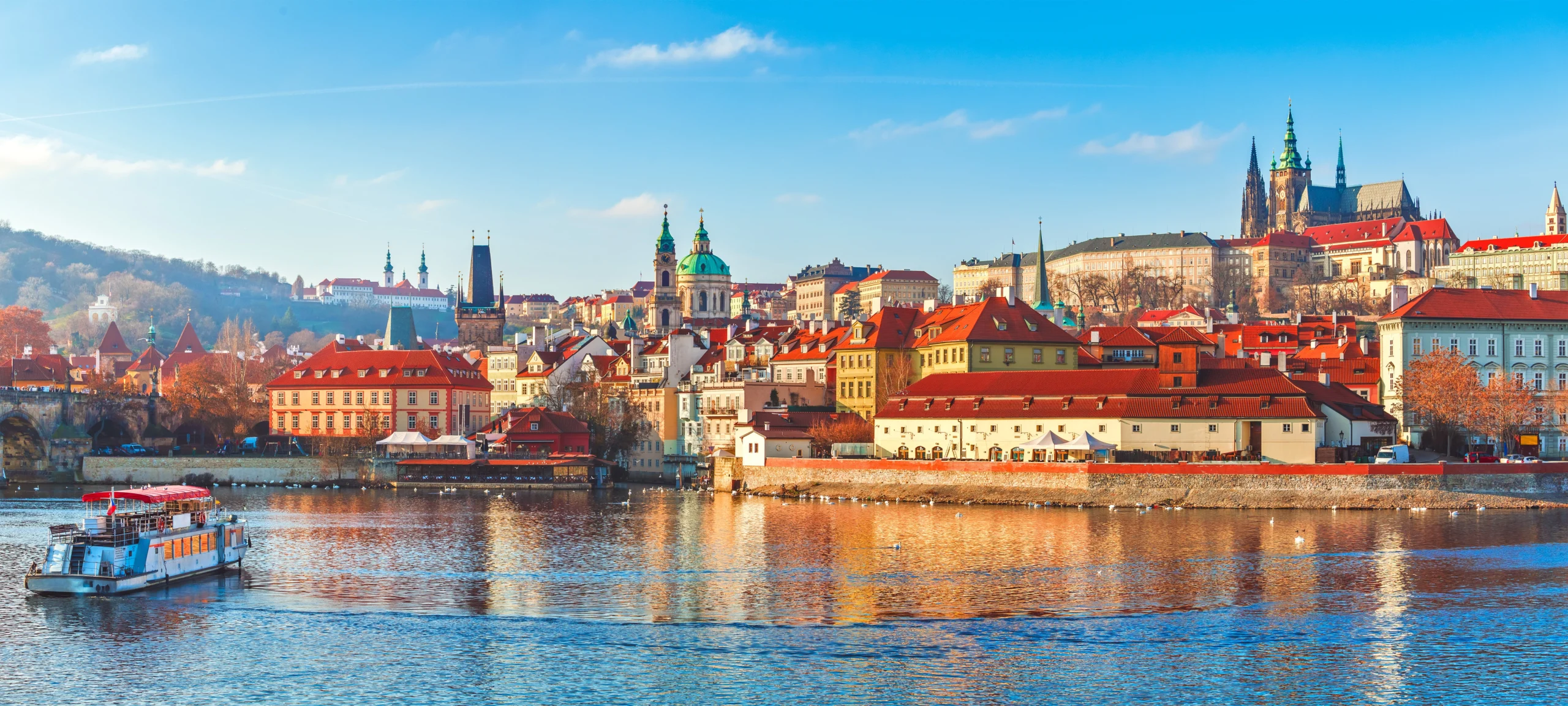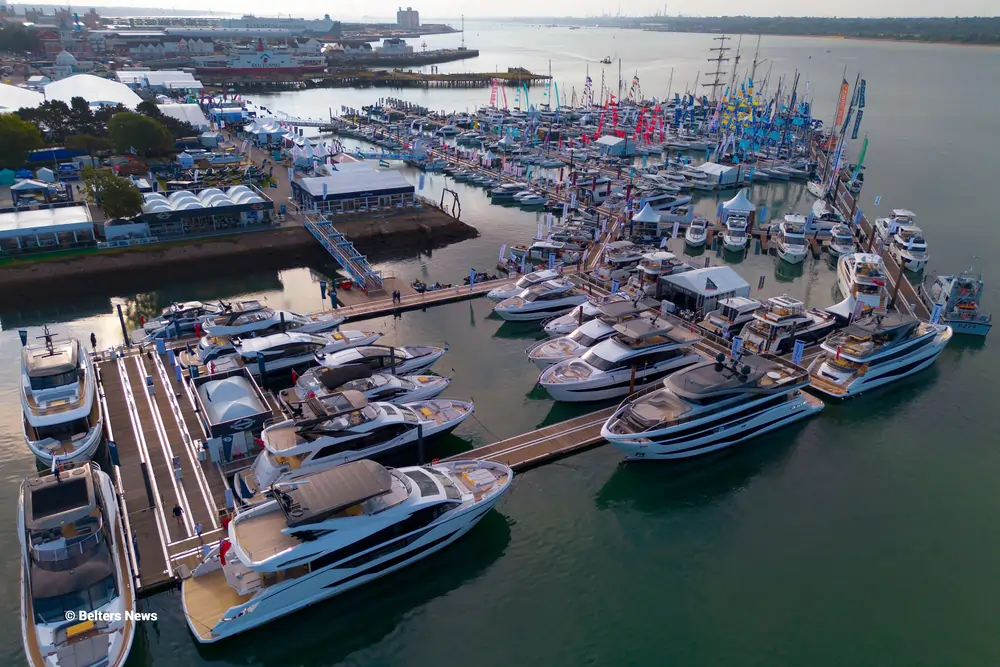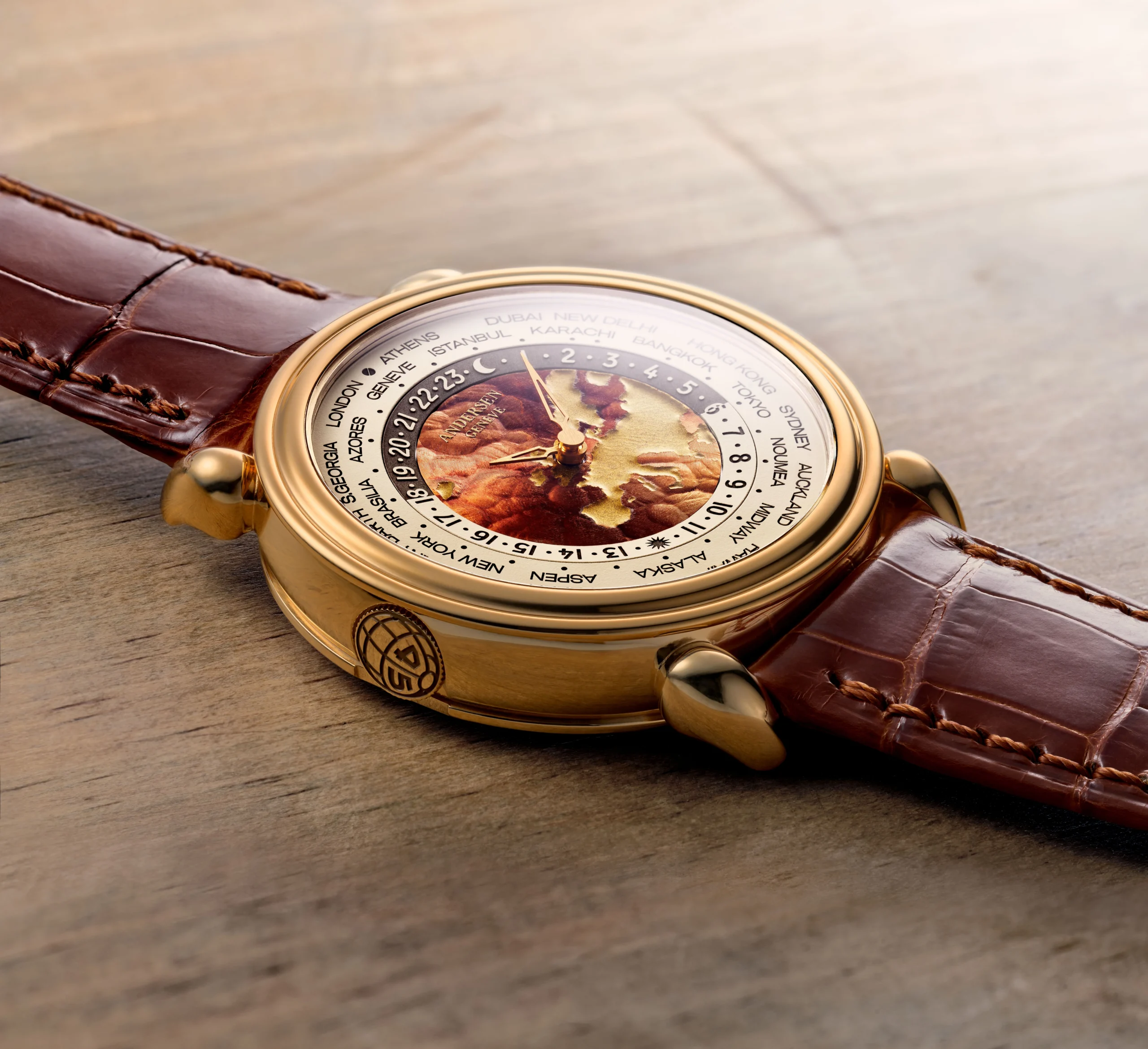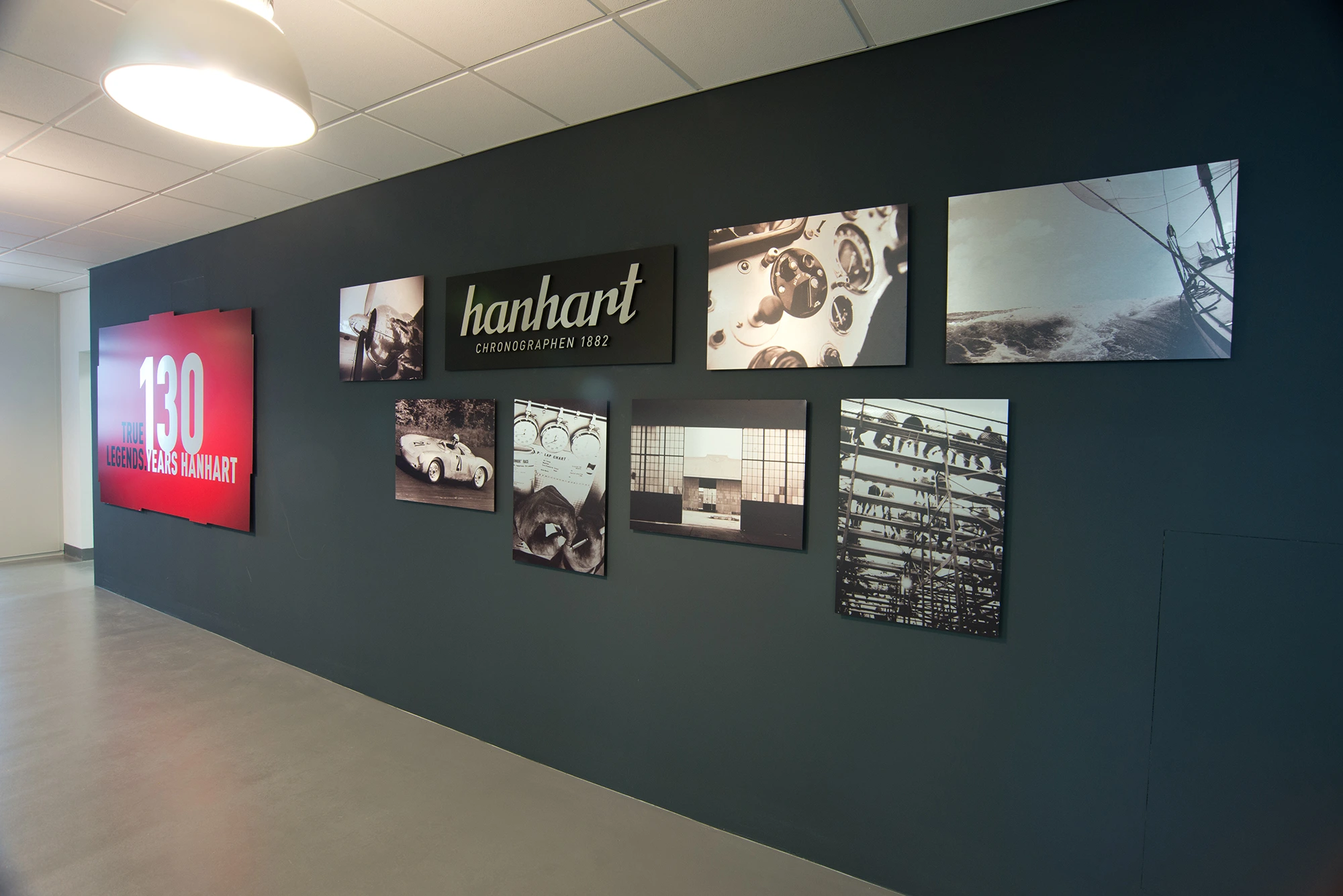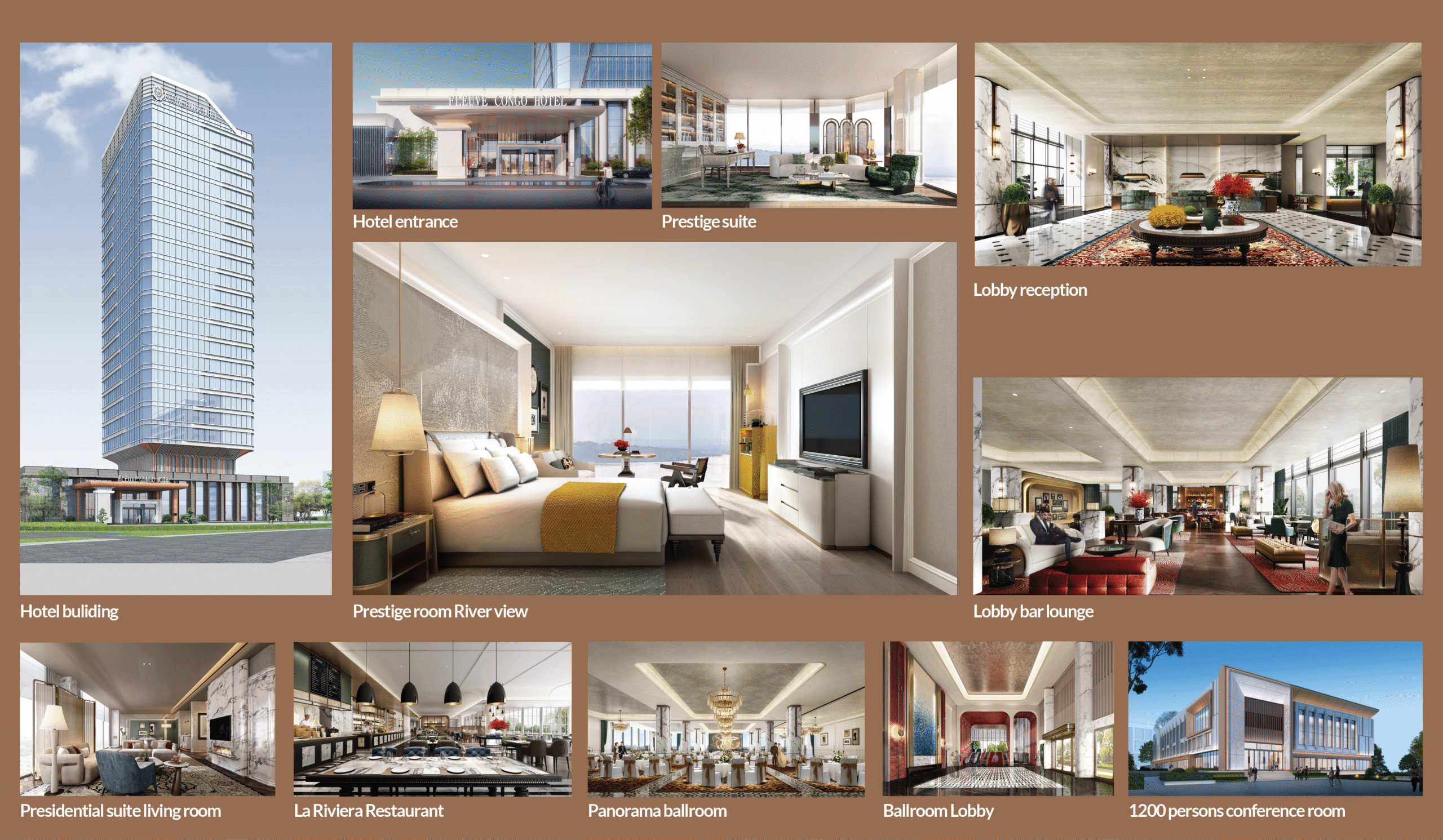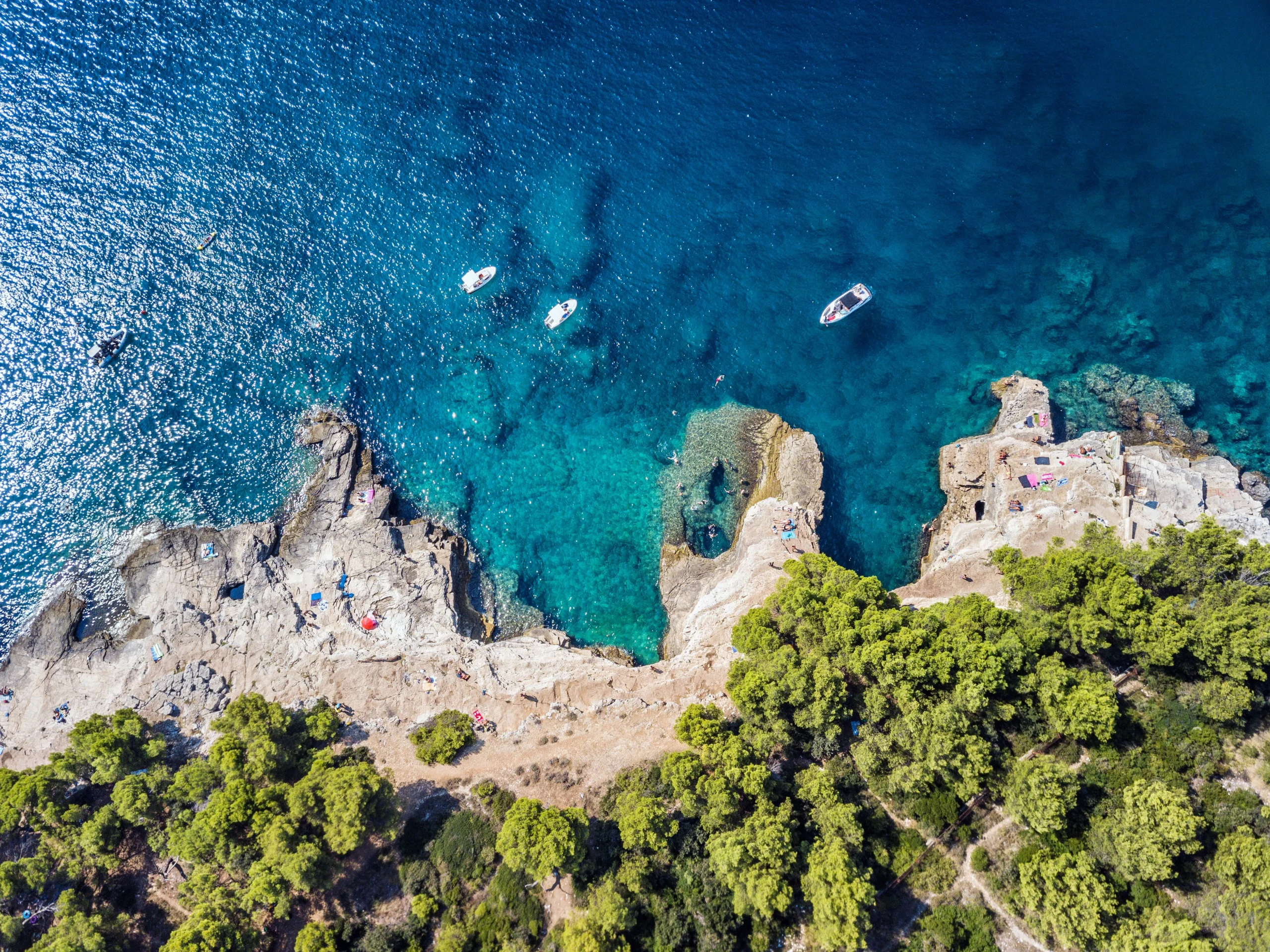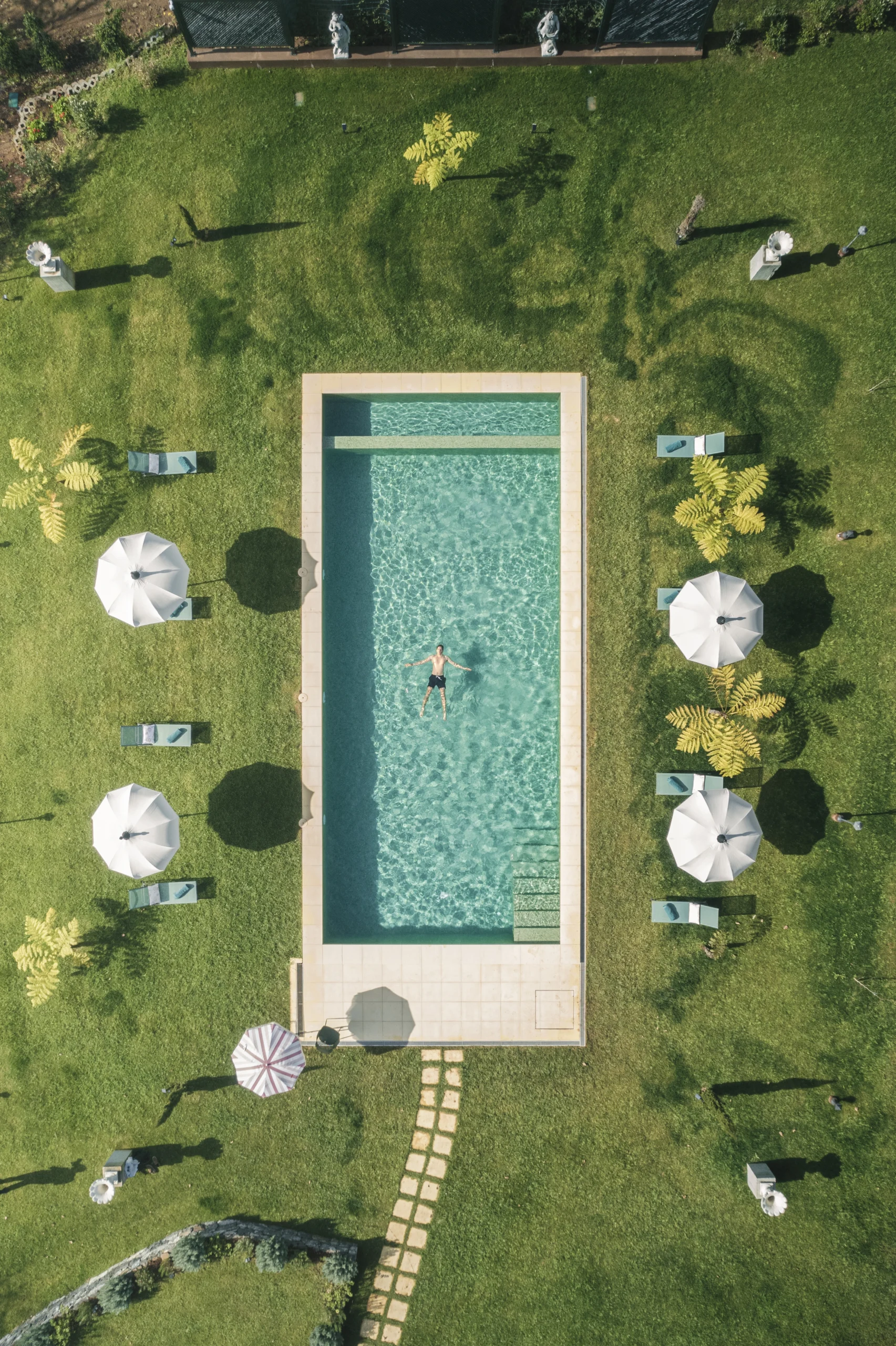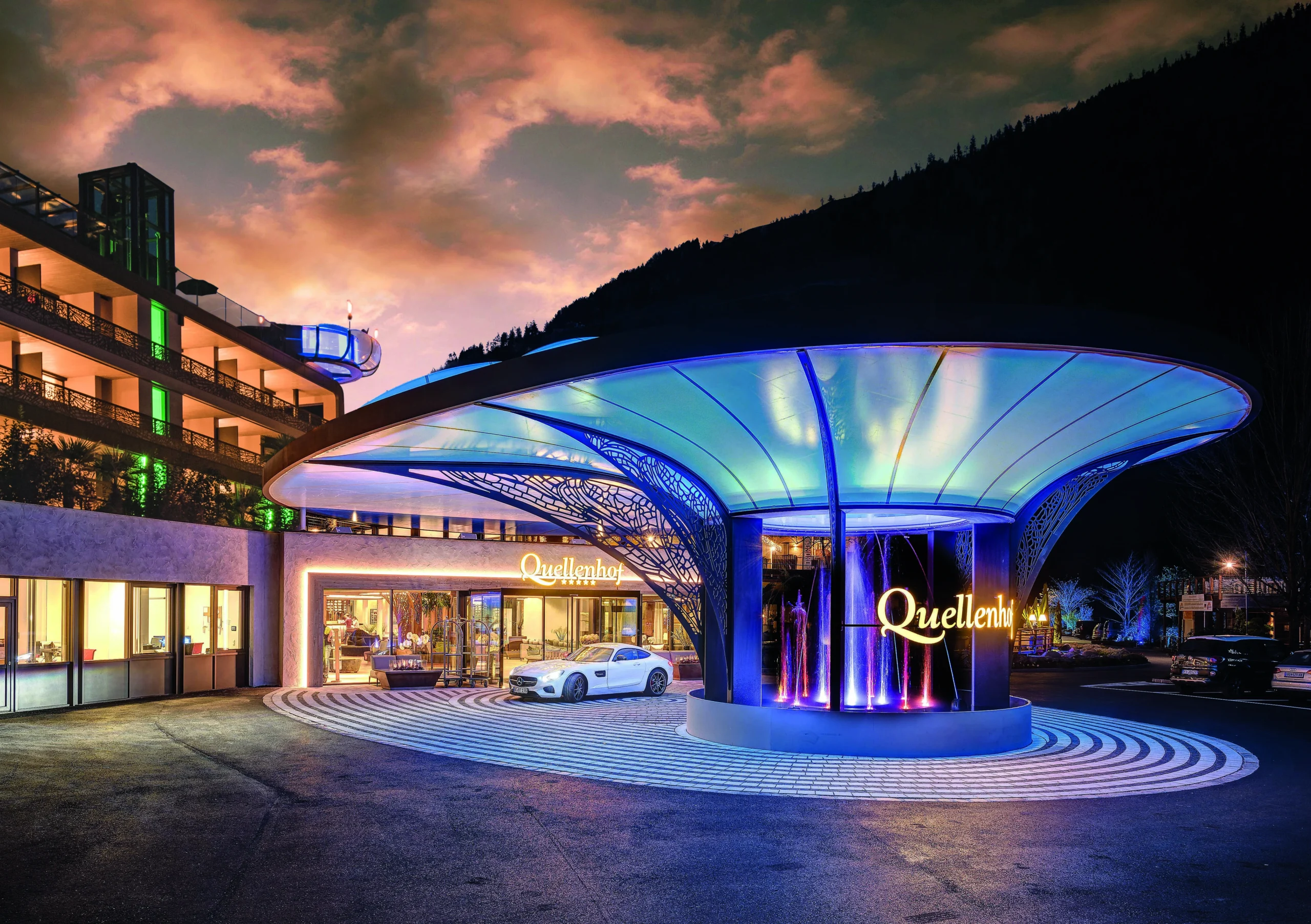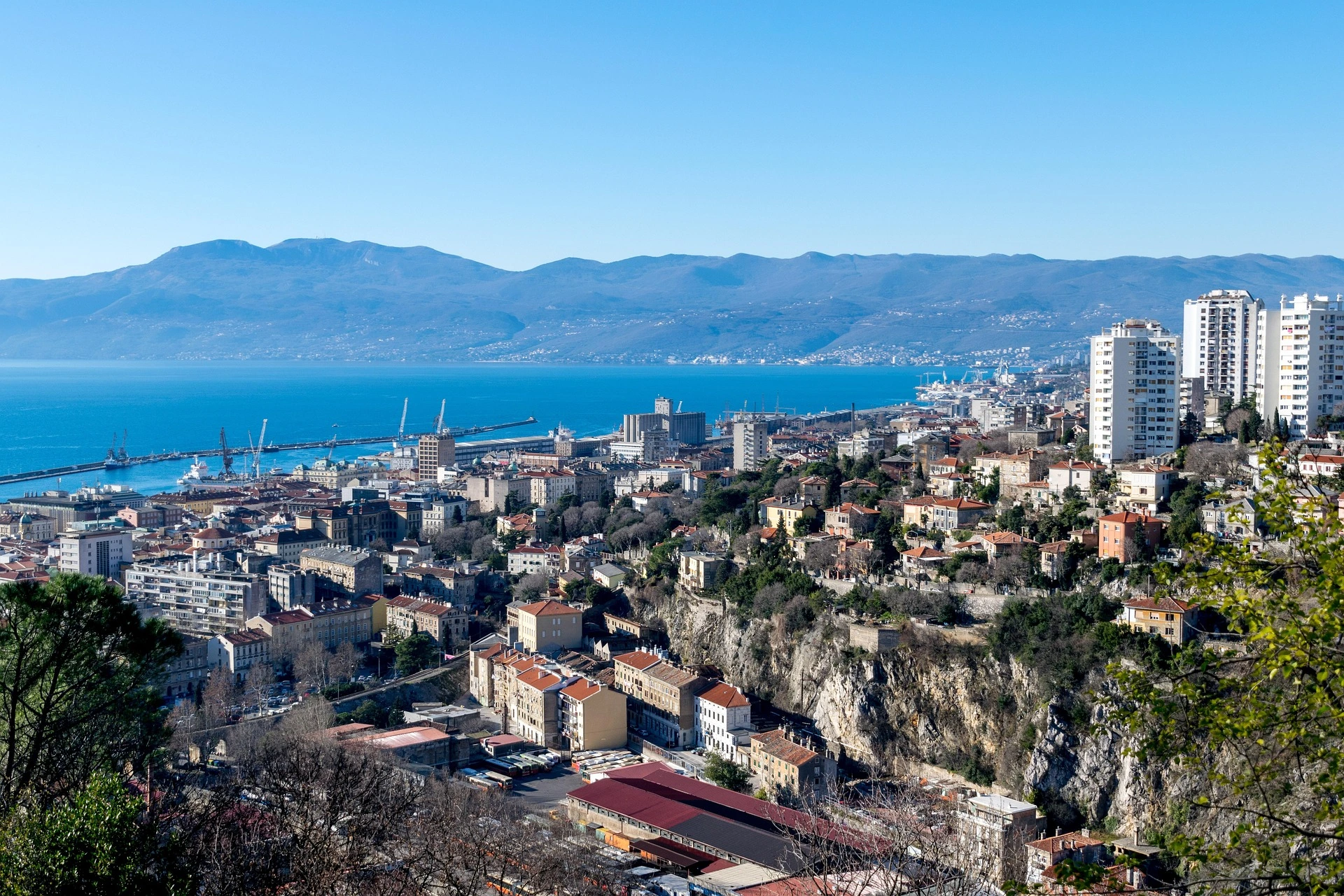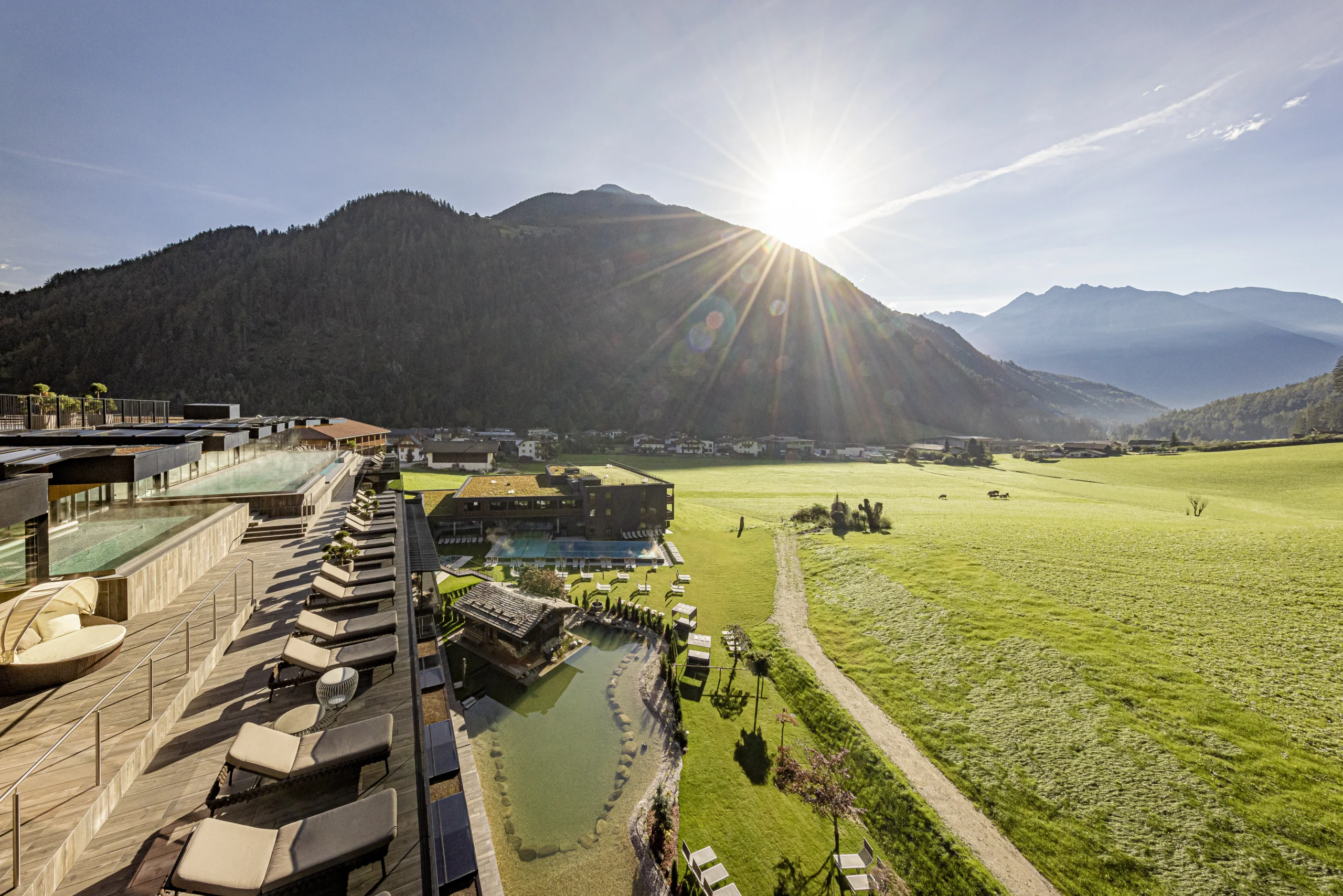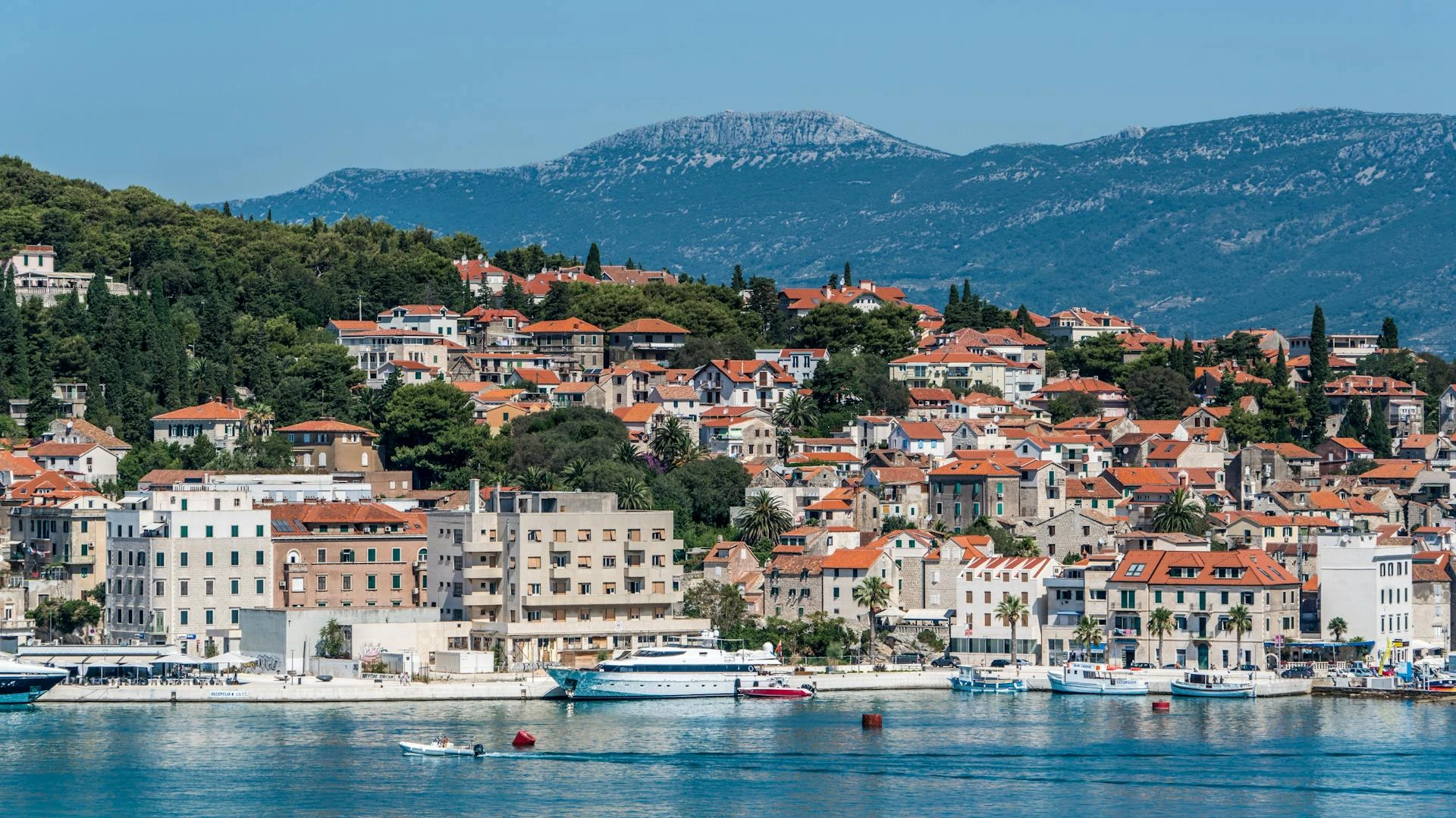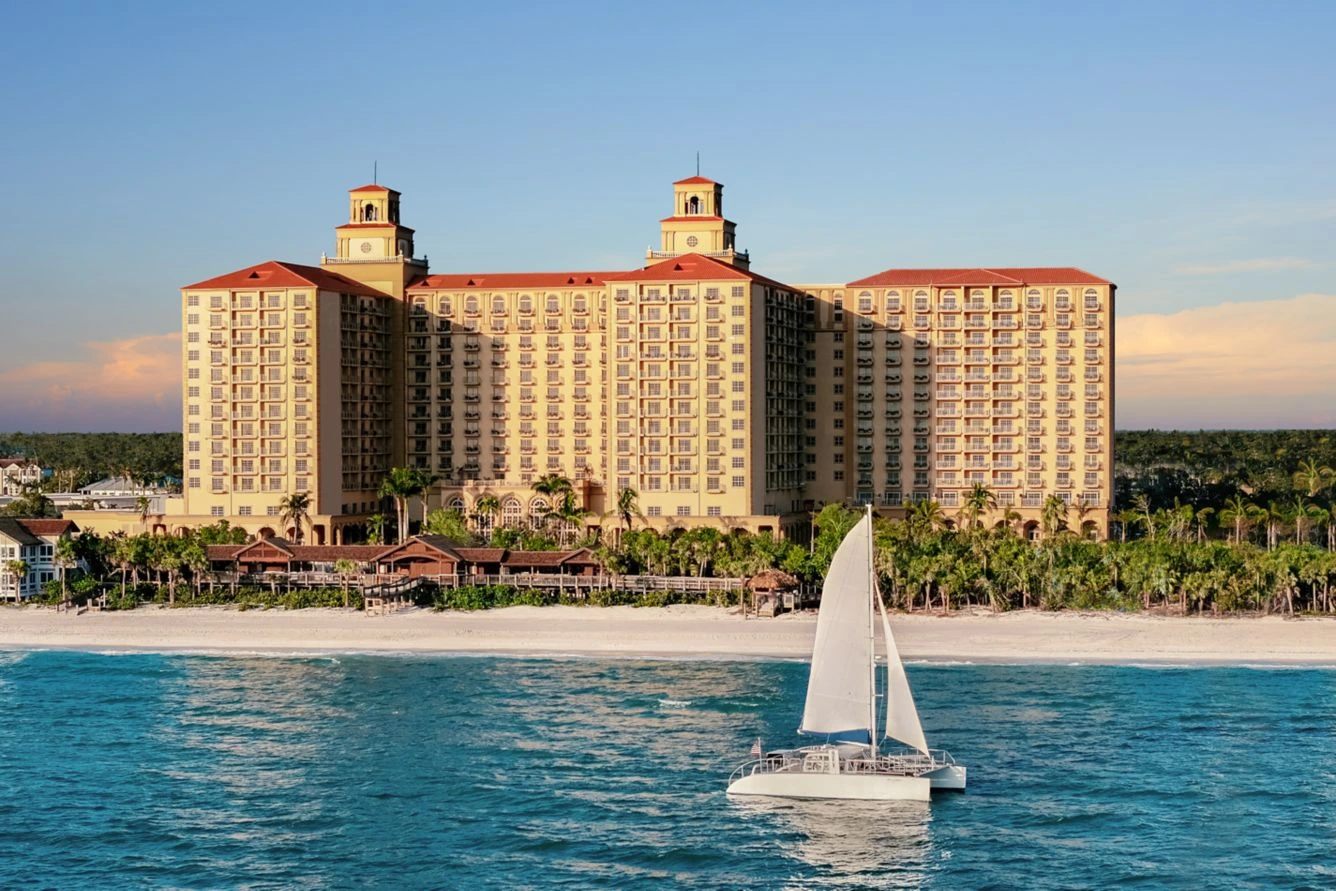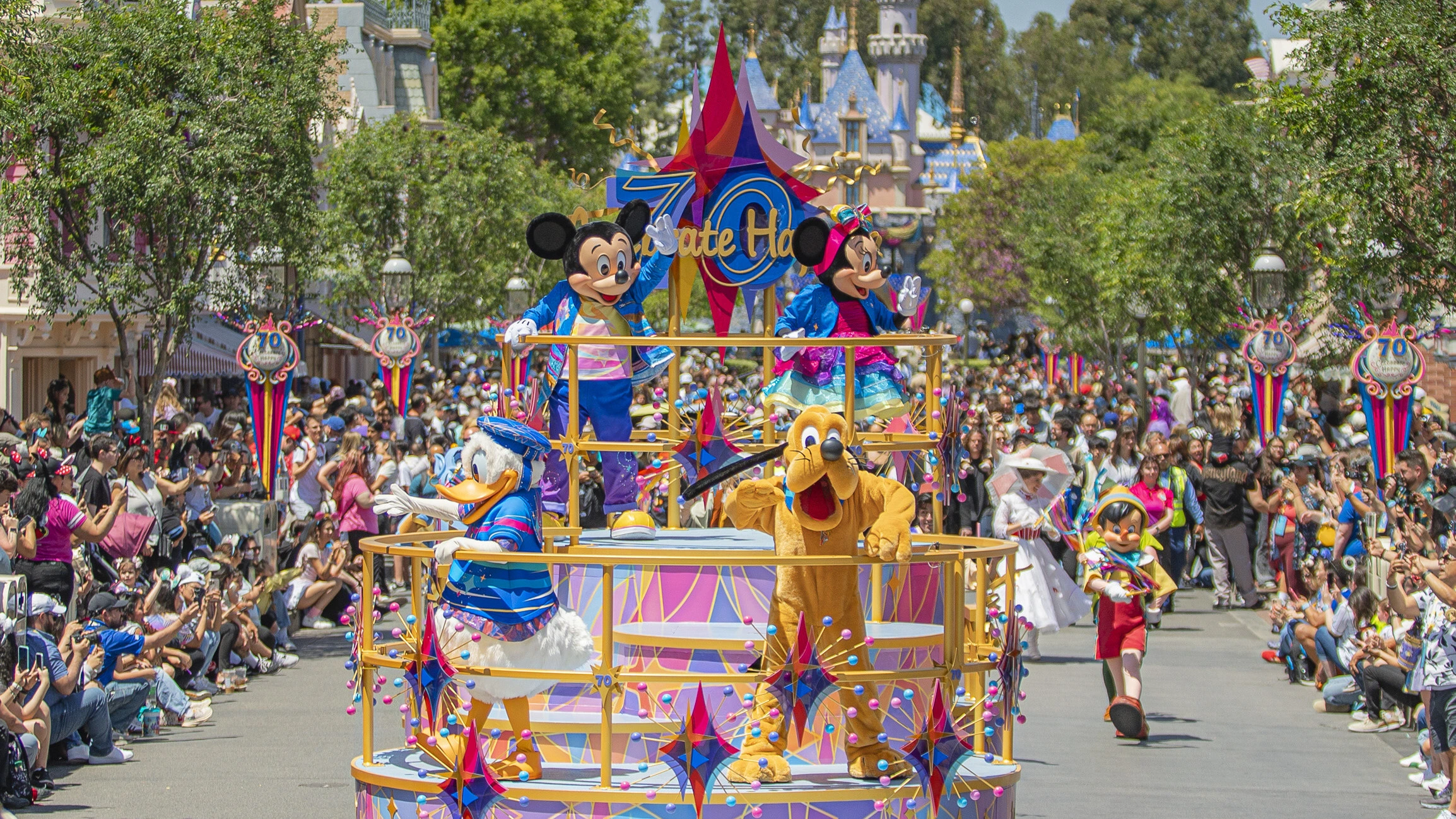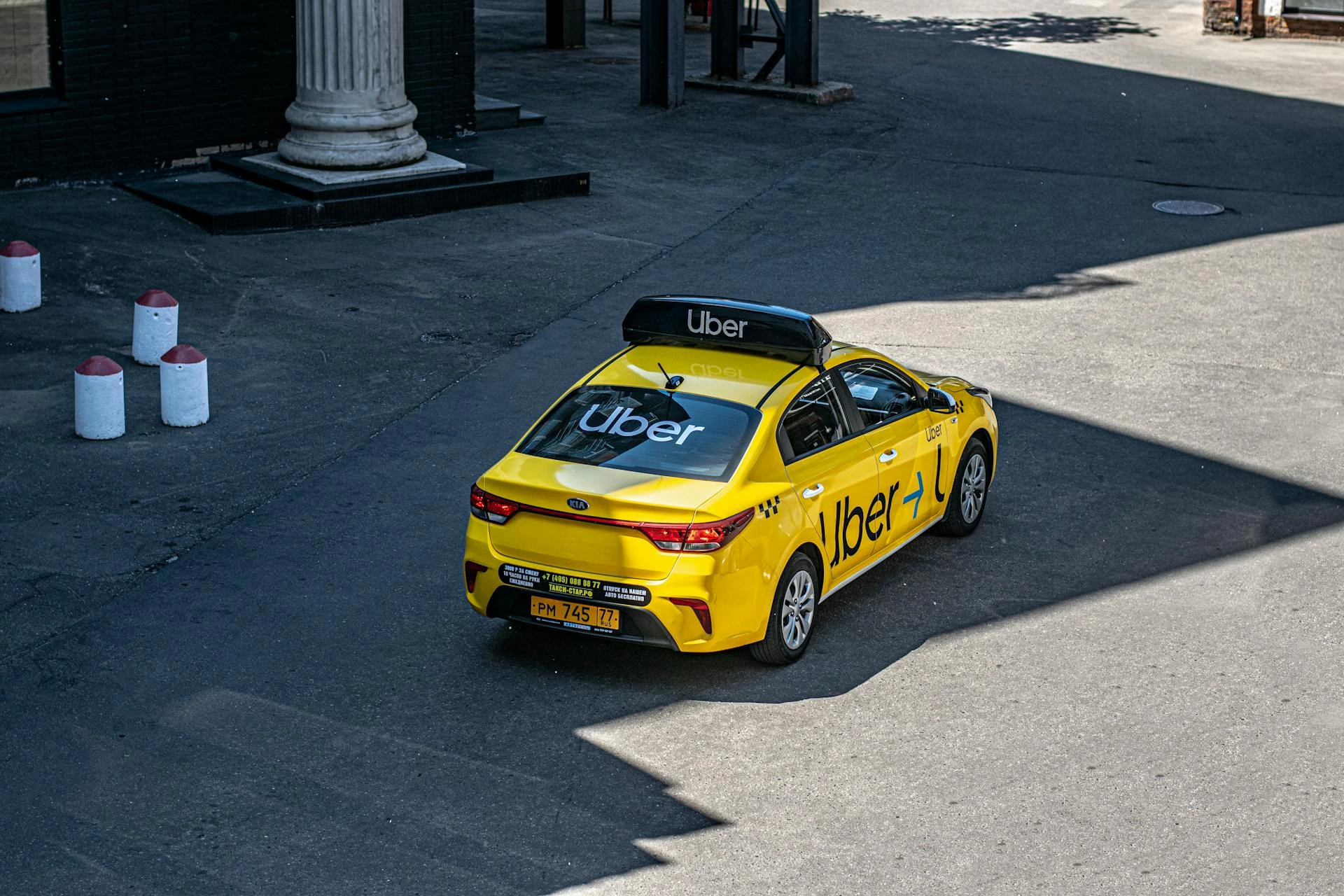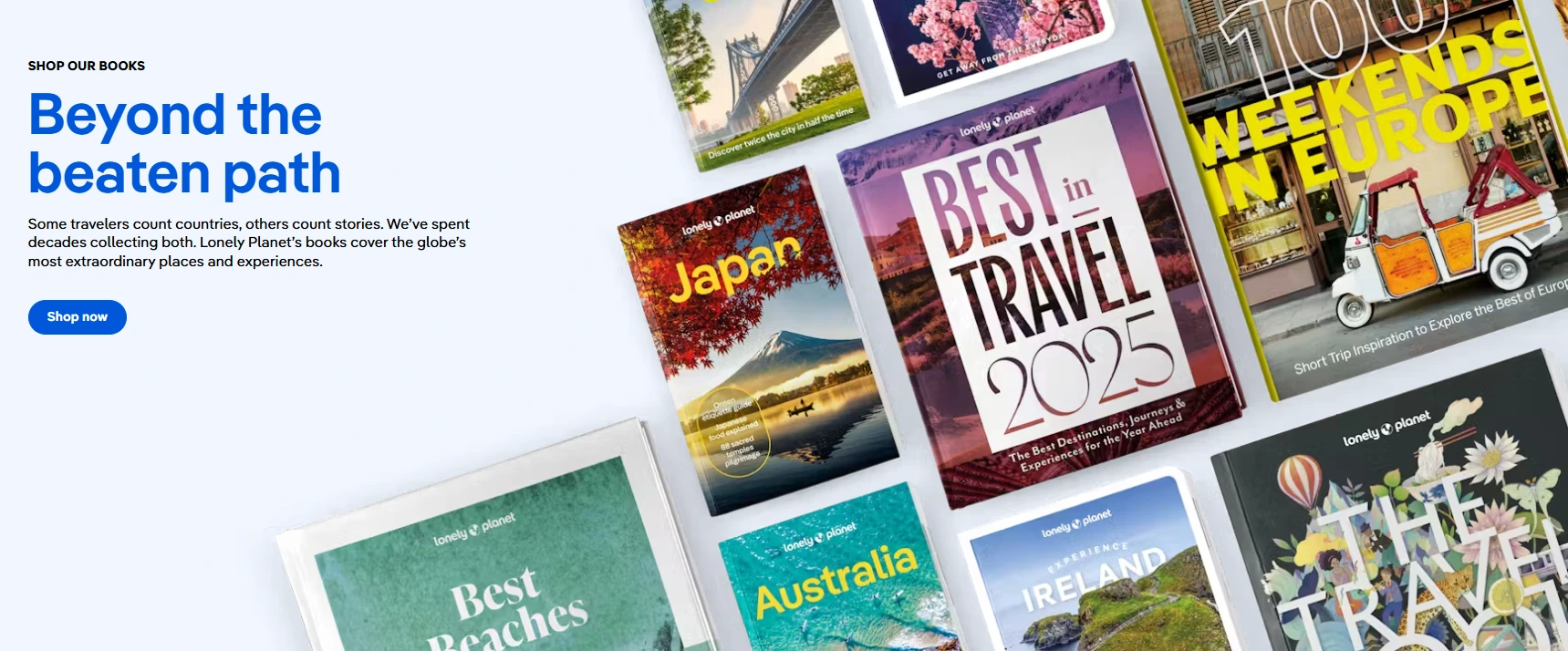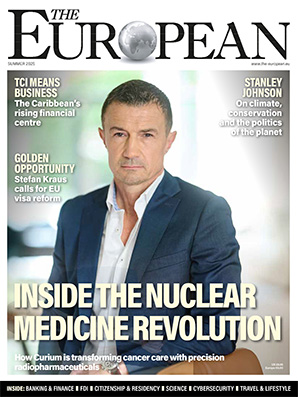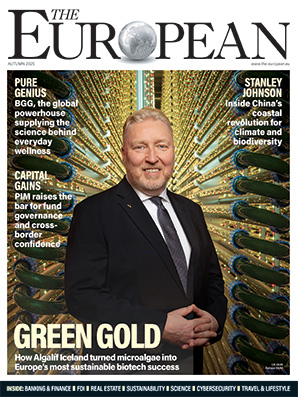The coolest city in Italy you’re not visiting

John E. Kaye
- Published
- Travel and Lifestyle
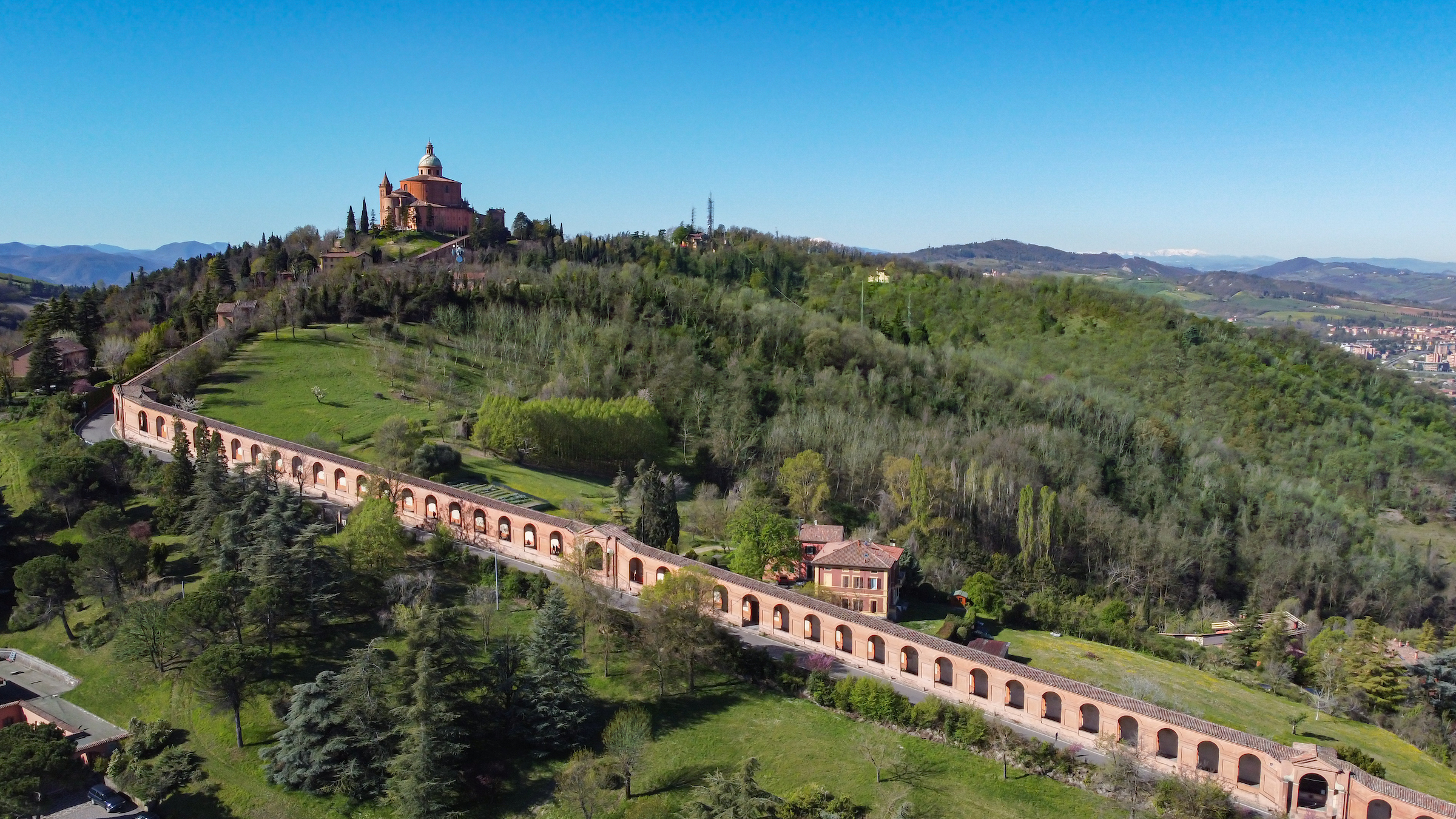
Far from the selfie-stick swarms of Venice or Florence, Bologna has quietly held onto something the rest of Italy risks losing: authenticity. John E. Kaye visits a city that’s scholarly, subversive, and unbothered by your itinerary — where art, food and culture thrive without the fanfare, and business travellers can breathe easy between meetings under the shelter of 40km of UNESCO-listed porticoes
Bologna doesn’t care if you come or not. This isn’t a city that’s built its identity around tourism – and thank God for that. Where other Italian hotspots twist themselves into selfie-friendly caricatures, Bologna just gets on with being… itself. Scholarly, subversive, deliciously beautiful in parts and fashionably scruffy in others, it’s a place that has more in common with creative hubs like Bristol in the UK or San Francisco in the U.S than Rome or Florence. And for business travellers tired of the predictable circuits, that’s a secret worth knowing.
Bologna is an insider’s city. The people who love it really love it—and they’ll often go out of their way not to tell you why, lest the secret spills too far. Walk its portico-covered streets and you’ll understand. This is a place that has preserved its rhythm. Students cycle to lectures. Artists drink wine at unmarked bars. Punky boutiques sit next to centuries-old pharmacies. There’s a heavy academic pulse thanks to the University (the oldest in the world, founded in 1088, no big deal), and an equally strong appetite—literal and figurative—for good living. You can land here on a Wednesday and, by Thursday evening, find yourself arguing over politics with a stranger in an osteria who insists on ordering a bottle of bone-dry Lambrusco for the table — the good kind, not the supermarket stuff. That’s Bologna. And you’ll miss her when you leave.
A City with Layers (and Sauce)
Locals will tell you Bologna has three nicknames: La Dotta (the Learned), La Grassa (the Fat), and La Rossa (the Red). These aren’t throwaway monikers. They tell you everything you need to know.
La Dotta speaks to the academic heritage. This is where Europe came to study for centuries, and the university still shapes the culture. Bologna isn’t showy about it, but behind its gothic facades are libraries, anatomy theatres, museums, and lecture halls that helped define Western knowledge.
La Grassa, meanwhile, is self-explanatory. Bologna is the home of ragù—real ragù, not that watery imposter people call Bolognese—and it shows. Pasta here is a sacred ritual. Whether you’re perched at Trattoria Da Me or grabbing tagliatelle from Ragū & Draft, the food never feels fussy, just perfectly executed.
And La Rossa? It’s the colour of the rooftops, yes, but also a nod to Bologna’s long-standing leftist leanings. It’s a city that protests, debates, and reinvents—artistically and politically. Street art isn’t a trend here; it’s a form of dialogue. The cultural identity is proudly alternative, often radical, and never dull. This is a city that knows who it is and doesn’t need your validation.
Bologna is often described as “alternative,” but it’s not trying to be edgy (and nor is it). The energy here is gentler than that—more evolved. Walk through the former Jewish Ghetto – near Via dell’Inferno, Via de’ Giudei, and Piazza San Martino,a tight cluster of streets in the city centre – and you’ll find co-operatives and art spaces tucked behind unmarked doors. The MAMbo modern art museum sits a few streets from the Pinacoteca Nazionale and its Renaissance heavyweights, while experimental installations are regularly popping up in warehouses and theatre basements.

Film buffs are spoiled: the Cineteca di Bologna is one of Europe’s top film archives and a global leader in restoration. Every summer, the Cinema Ritrovato and Sotto le Stelle del Cinema festivals screen classics under the stars in Piazza Maggiore. Big names have shown up over the years—Martin Scorsese, Jane Campion, Coppola. Not that Bologna makes a fuss.
Music matters, too. This is a UNESCO City of Music, and the soundscape is as diverse as its population. You’ll hear opera at Teatro Comunale, gritty jazz at Cantina Bentivoglio, and vinyl DJs spinning obscure funk in bars across the city This is a place that lets you tune into culture on your own terms.
What Not to Miss
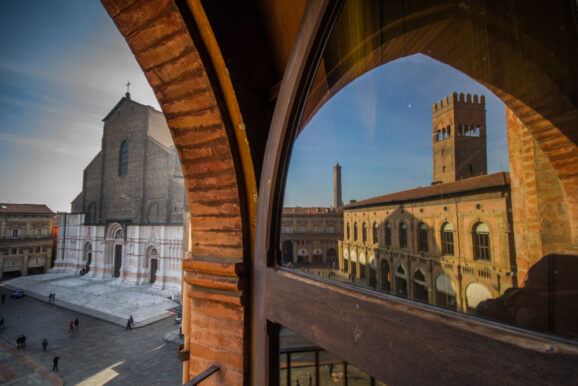

Start at Piazza Maggiore, Bologna’s grand civic square and the real heart of the city. Unlike Rome’s or Venice’s more theatrical piazzas, this one feels solid, lived-in, and genuinely communal. Locals meet here for protests, concerts, and post-work beers, and during summer it transforms into Europe’s largest open-air cinema for the Cineteca’s Sotto le Stelle del Cinema festival. The atmosphere is confident but unshowy—like the city itself. If you’re visiting for business or have to check-in with work, there is no finer place to check emails and enjoy a morning coffee.
Flanking the square is the Basilica di San Petronio, a vast Gothic structure originally intended to outdo St. Peter’s in Rome—until the Pope intervened and put a stop to its growing ambition. The façade is famously unfinished, giving it a kind of glorious defiance. Inside, you’ll find the longest sundial in the world running across the marble floor, and chapels filled with ornate frescoes, including some with Islamic depictions that once caused diplomatic murmurs. It’s a beautiful contradiction: magnificent and modest, all at once.
Next door, the Palazzo d’Accursio (now the City Hall and civic museum) is worth exploring for its Renaissance staircases, old council chambers, and the chance to climb the Torre dell’Orologio for rooftop views over the square.
Head around the corner to the Fountain of Neptune, affectionately known as il Gigante by locals. The fountain’s muscular god was once deemed too risqué, and the statue’s sculptor, Giambologna, famously added some anatomical mischief that’s only visible from a specific angle behind the statue. Yes, the Bolognese have always had a sense of humour.
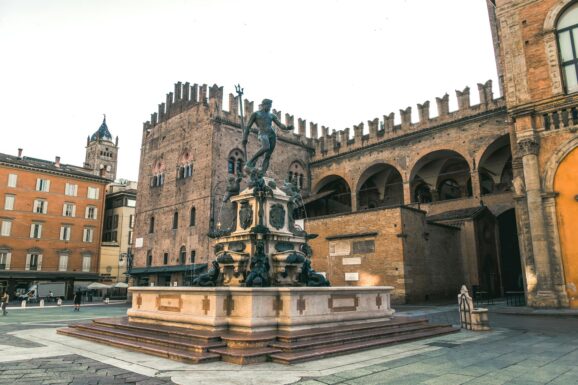
Don’t miss the Seven Churches of Santo Stefano, a labyrinthine religious complex that blends Romanesque, early Christian, and even pagan architecture. It’s quietly atmospheric and ideal for escaping the crowds.
And then there’s the Sanctuary of San Luca, sitting high on the hill above Bologna like a flame-coloured sentinel. You can see it from the centre on a clear day. The best way to reach it is on foot: walk the 3.8km covered portico that winds up from Porta Saragozza—the longest portico in the world, with 666 arches along the route. The climb is gentle but steady, and the reward is panoramic views of Bologna’s rooftops melting into green hills.
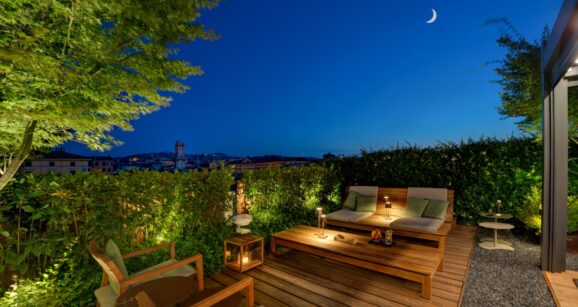
What many visitors don’t realise is that this climb marks the beginning of a much longer route—the Via degli Dei, or the Path of the Gods. This ancient trail, once used by Roman legions, stretches all the way from Bologna to Florence, crossing the Apennines through forests, Etruscan ruins and hilltop hamlets. It’s one of Italy’s great walking routes, and I’ve now walked almost all of it. Starting in the city, tracing the arcades up to San Luca, and stepping into the wilderness beyond, you feel the hum of history under your feet. It’s quiet, physical, and completely glorious.
For art, split your time between the Pinacoteca Nazionale—home to Giotto, Raphael and Carracci—and the industrial-cool MAMbo for contemporary Italian art. Or head to the Archiginnasio, where the Anatomical Theatre—carved entirely from wood and watched over by naked cherubs and flayed statues—is a haunting reminder of Bologna’s place in medical history.
No visit to Bologna is complete without seeing Le Due Torri — the city’s most striking landmarks, the Asinelli and Garisenda towers. Built between 1109 and 1119 by rival noble families as displays of wealth and power, these towers once stood guard at the entrance to the city and have loomed over Bologna’s medieval heart ever since. Together they are a potent reminder that this was once a city of skyscrapers — with more than 100 defensive towers piercing the skyline in the Middle Ages.
The Asinelli Tower, the taller of the two at 97 metres, typically offers a vertiginous 498-step climb to a panoramic viewpoint. As of spring 2025, it remains accessible to visitors. But its shorter sibling, the Garisenda, is currently the focus of intense conservation efforts — and rightly so.
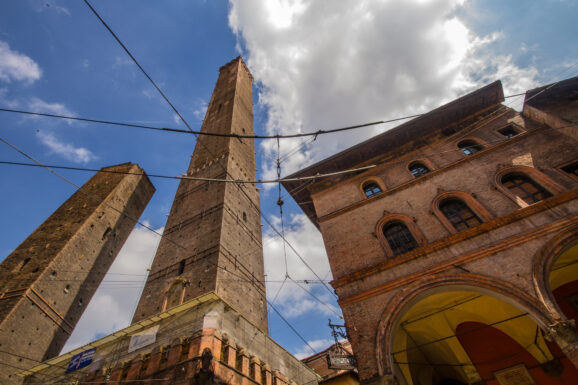
Standing at 48 metres after being partially lowered in the Middle Ages to reduce the risk of collapse, the Garisenda Tower now leans at a dramatic four-degree angle — slightly more than the Leaning Tower of Pisa. Its instability recently prompted city officials to cordon off the surrounding area amid safety concerns. A €4.3 million emergency reinforcement project is underway, with preliminary works focused on creating a secure containment zone and installing round-the-clock video surveillance.
Despite the yellow alert status issued by Italy’s civil protection agency (indicating caution rather than imminent danger), the tower’s future is being treated with urgency and care. Bologna’s mayor, Matteo Lepore, has described the structure as suffering from a “centuries-old illness,” worsened over time by factors like medieval ironwork and even the heat from long-defunct bakery ovens once housed inside.
Far from being just a local concern, the towers have long held a place in European cultural memory — name-checked by Dante in The Divine Comedy and Le Rime, and later by Charles Dickens and Goethe in their travel writing. They are not only architectural anomalies but literary and historical artefacts, and the city is now campaigning for them to be recognised as UNESCO World Heritage sites.
For now, the Garisenda remains off-limits to visitors, its silhouette increasingly fragile but no less iconic. You can’t climb it — but you can certainly admire it, camera in hand, from the safety of the piazza below. And like much of Bologna, its presence lingers long after you’ve walked away.
And if you do nothing else? Just walk. The UNESCO-listed porticoes stretch over 40km through the city, linking every district in a rhythmic, shaded promenade. Bologna is made for wandering—and rewarding for it.
Where to Stay: Hotel Metropolitan
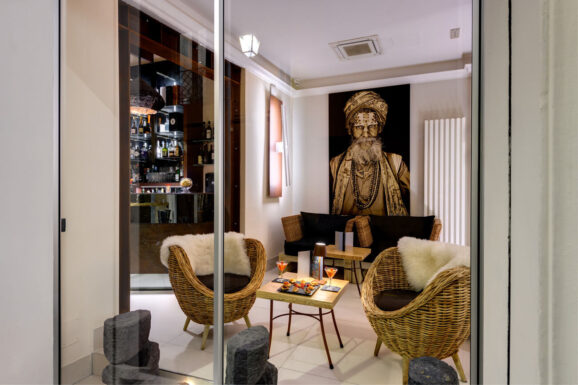
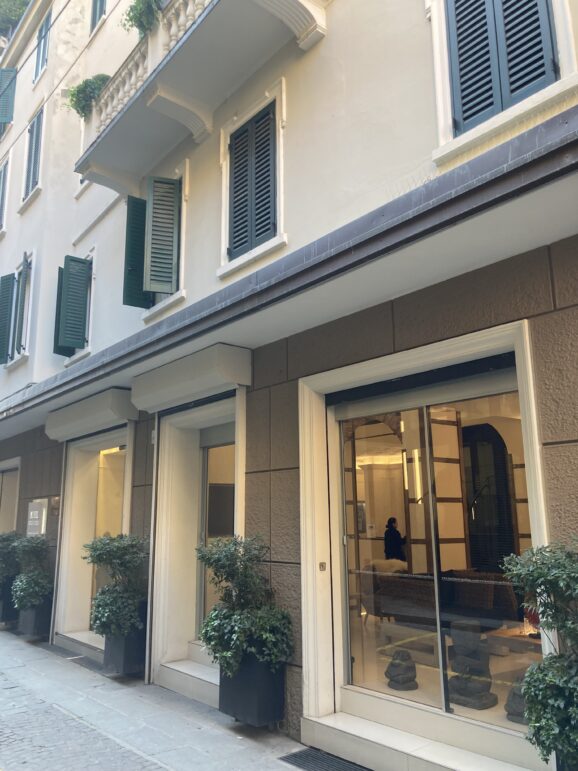
Tucked away in a quiet side street just off Via dell’Indipendenza, the Hotel Metropolitan offers that rare blend of central convenience and genuine calm. Stylish without being smug, it’s well set up for business travellers and design-conscious guests alike. The atmosphere is cool, confident, and quietly international—think rich textures, thoughtful lighting, and a reception area dotted with curiosities, sculptures, and photography from around the world. True to its name, there’s a distinctly metropolitan feel throughout: global, eclectic, and curated without being overdesigned.
Rooms are modern, airy, and comfortably minimalist. You won’t find oversized desks or clunky hotel furniture here—just well-proportioned spaces, polished wood finishes, and an understated elegance that makes it easy to unwind. Each room comes with a safe, a fridge, and those all-important design details that make the space feel considered and calm. Soundproofing is excellent, so once you’re in, it’s genuinely restful.
But it’s the rooftop terrace that seals the deal: panoramic views over Bologna’s terracotta rooftops, a bar with decent Negronis, and enough space to feel like a private escape. It’s ideal at golden hour, when the skyline blushes and the city exhales. By night, it becomes a relaxed hangout spot for beers and cocktails—never rowdy, just quietly sociable. And in the morning, it shifts gears entirely, offering table service for coffee from early on. Whether you’re easing into the day with an espresso or jumping on a call with a view, there’s no better place to perch. It’s the kind of spot that makes you feel like you’ve found your own little corner of the city, four floors above the noise.
And then there’s the breakfast—possibly the best in Bologna, and quite possibly one of the best in Italy. It’s technically a buffet, but that word doesn’t do it justice. Every plate looks like it’s been styled for a magazine shoot: jewel-like mini tarts, feather-light cakes, glossy fruit arranged with geometric precision, and baskets of pastries that could pass for sculpture. It’s lavish without being heavy, generous without being overwhelming. You’ll linger longer than you meant to—and you’ll be glad you did.
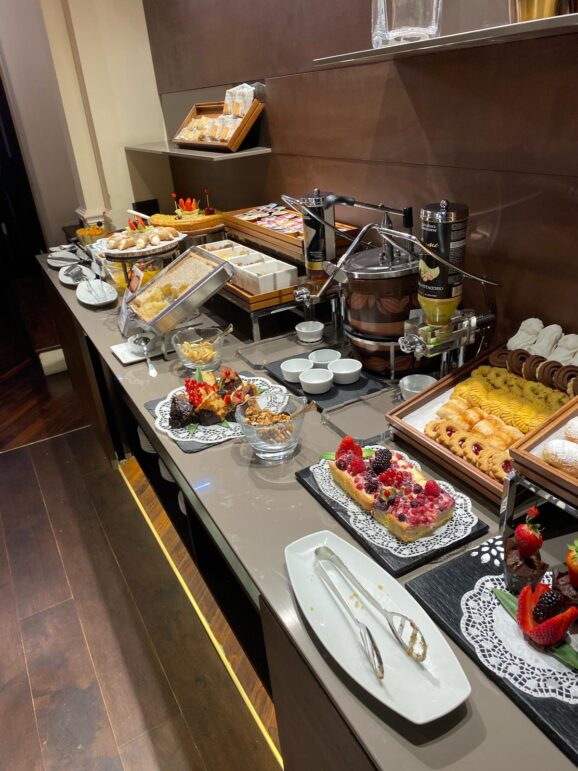
The location is unbeatable. You’re a short walk from Piazza Maggiore, the towers, the markets, and the city’s best bars and trattorias. And while there’s no formal concierge, the reception staff are exceptionally helpful and genuinely passionate about their city. Ask where to eat or what to see, and they’ll point you to places you’d never find in a guidebook.
What to Eat and Where to Enjoy It
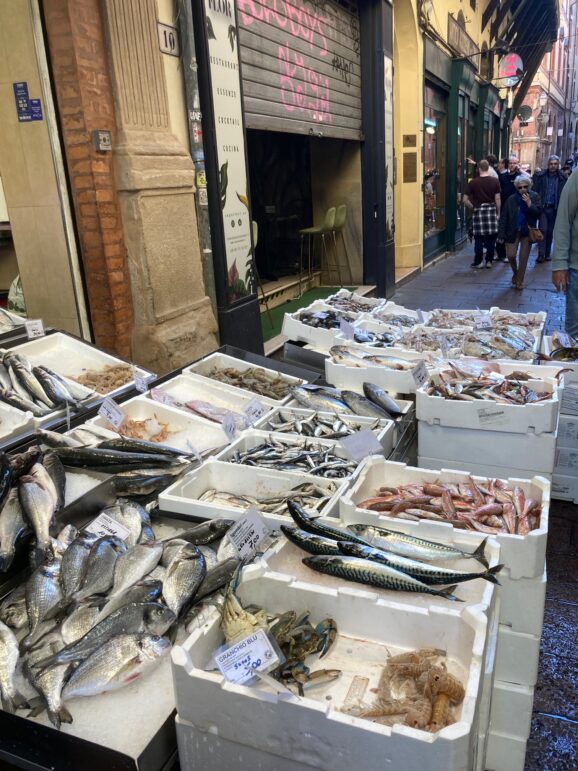
You’ll eat well in Bologna even if you’re not trying. This is the birthplace of tagliatelle al ragù—note: not spaghetti Bolognese, which is a foreign fabrication that makes, so I’m told, locals physically wince—and the city takes its culinary traditions seriously. That doesn’t mean it’s stuck in the past, though. The food scene here is inventive, fresh, and increasingly green around the edges, without ever losing its soul.
Start with a wander down Via Pescherie Vecchie, a narrow artery in the Quadrilatero district where old-school fishmongers, butchers, and grocers have been hawking their wares since the Middle Ages. The air smells of sea salt and citrus. You’ll pass glass counters packed with glistening sardines and swordfish, fresh pasta shops with trays of tortelloni arranged like jewellery, and waiters squeezing through the crowd carrying plates of oysters and Aperol spritzes to streetside tables. It’s as much theatre as it is market, and the perfect place to settle into the city’s food rhythm.
For a proper sit-down meal, Trattoria Da Me is a good first stop—traditional dishes given just enough of a twist to feel new without becoming gimmicky. The tortellini in brodo is the stuff of homesick dreams. Osteria Bottega keeps things classic and confident—expect silky tagliatelle, seasonal antipasti, and a local wine list that goes long. Da Cesari is a family-run spot steeped in history, while Oltre. riffs on tradition in a sleek, modern setting (and has one of the best wine pairings in town).
Street food deserves its own moment, too. Ragū & Draft and Indegno – La Crescentina 2.0 are both perfect for a fast, utterly satisfying lunch on the go. Try a crescentina fritta—a puffed, golden fried bread pocket—stuffed with mortadella, stracchino cheese or prosciutto. Or look out for tigelle: round, flattened bread rolls served warm and sliced open for stuffing with everything from truffle cheese to garlicky lard spreads like cunza (pesto modenese). They’re originally from the Apennines but have fully entered Bolognese daily life.
For something sweet, Bologna’s gelato deserves reverence. This isn’t tourist-trap soft serve—it’s rich, dense, and usually made fresh daily using local ingredients. Cremeria Santo Stefano is a local institution, beloved for its pistachio, pine nut and ricotta & fig flavours. Galliera 49 is another favourite, especially if you like your gelato unpretentious but absurdly good. Or try Sorbetteria Castiglione for more experimental flavours and dairy-free options that don’t feel like compromises. Bologna doesn’t just do gelato well—it does it properly.
For a bit of theatrical grandeur, I Carracci, inside the Grand Hotel Majestic, serves elevated classics beneath ceiling frescoes. If you’re feeling flush, Ristorante I Portici holds a Michelin star and serves up restrained, modernist takes on regional ingredients. But Bologna isn’t the kind of place where price equals quality. Sometimes the best meal is a €10 bowl of pasta from Pasta Fresca Naldi, eaten standing outside on a warm evening.
The locals will tell you: if it’s made by hand that morning, and there’s no menu in English, you’re in the right place.
Where to Shop
You’d expect a certain standard of style in any Italian city, and Bologna doesn’t disappoint—but it also doesn’t try too hard. You’ll find the big names, of course—Galleria Cavour is the city’s luxury shopping arcade, with flagships from Gucci, Prada, Armani and the like—but there’s more personality in the streets beyond it. Think beautifully made boots, hand-dyed silks, fountain pens that last a lifetime, and little shops that feel like they’ve been frozen in time.
Bologna still champions its artisans. Antica Aguzzeria del Cavallo has been selling hand-forged kitchen tools and scissors since 1783 and is worth a visit whether you cook or not—it’s the kind of place you’ll want to photograph. Cappelleria Trentini sells handmade hats and leather gloves with that old-world attention to detail you thought had disappeared. If you’re into bookbinding or calligraphy, De Paz and Cartoleria Dagnini are treasure troves of notebooks, letterpress paper and inkwells you didn’t know you needed.
There are shoemakers and cobblers dotted throughout the old town. Max & Giò specialises in bespoke leather shoes, crafted on-site. Meanwhile, Crète Piece Unique and Double Trouble are go-tos for one-off fashion pieces from local designers.
For food gifts, Gilberto sells beautiful tins of pasta, balsamic vinegar and chocolate, and feels more like an old apothecary than a deli. Market-wise, head to Mercato delle Erbe for fruit, spices and baked goods, or Mercato Ritrovato on Saturdays, which is full of local organic producers and slow food devotees.
And if you’re the sort of traveller who collects culture rather than things, many of Bologna’s creative studios also sell what they make. The theatre-run Cantinella, inside the Arena del Sole cloister, offers handmade ceramics and gifts with a performance-art edge. Independent galleries often double as boutiques—look out for window displays that suggest someone’s thinking differently inside.
Bologna rewards wandering, and nowhere is that truer than when shopping. The best finds here aren’t on glossy racks—they’re in the tiny shops with dusty signage, old keys in the door, and a person behind the counter who knows exactly where every item came from.
How to Get Here
Bologna’s charm may be low-key, but its transport links are anything but. The city sits at the crossroads of northern and central Italy, and the high-speed rail network makes it ridiculously easy to slot into an Italian itinerary. Florence is 35 minutes away. Milan is just over an hour. Venice, about 90 minutes. Rome? Two hours flat. All via clean, fast, shockingly punctual trains.
If you’re flying in, Bologna Guglielmo Marconi Airport is just a 20-minute taxi or bus ride from the city centre. It’s well connected to major European hubs—London, Paris, Amsterdam, Frankfurt—and small enough that you’re not wasting half your day getting in or out.
Once you arrive, you can forget about the car. Bologna is a city made for walking. Or cycling. Or loitering. The historic centre is compact and completely explorable on foot. The porticoes offer cover from rain and sun alike, and there’s no better way to get to know the place than by losing yourself under their shade.
Fact File
Language: Italian, but English widely understood in restaurants, hotels, and shops. A few phrases go a long way.
Currency: Euro (€). Contactless payment is widely accepted, but carry some cash for markets and small bars.
Time zone: Central European Time (CET), one hour ahead of the UK.
Getting around: Walking is easiest. Local buses run well and tickets can be bought via SMS or apps like Roger. Bike rental available through RideMovi and other services.
Best time to visit: Spring (April–June) and autumn (September–October) offer mild weather and a full cultural calendar. Summer can be hot, and many locals leave the city in August.
Dress code: Smart casual will take you everywhere. Pack good walking shoes—you’ll want to explore the porticoes and historic centre on foot.
Wi-Fi and workspaces: Most hotels, cafes, and bars offer decent Wi-Fi. For remote workers, the Salaborsa Library has public desks and plug points. Cafés such as Camera a Sud or Zoo are laptop-friendly by day.
Cultural tip: Dinner starts late. Expect restaurants to open around 7.30pm and fill up by 9. Book ahead if you’re aiming for popular spots.
John E. Kaye stayed at The Hotel Metropolitan and received passes to the city’s major attractions courtesy of Bologna’s Tourist Office.
Sign up to The European Newsletter
RECENT ARTICLES
-
 Prague positions itself as Central Europe’s rising MICE powerhouse
Prague positions itself as Central Europe’s rising MICE powerhouse -
 Bleisure boom turning Gen Z work travel into ‘life upgrade’
Bleisure boom turning Gen Z work travel into ‘life upgrade’ -
 Europe’s property market shows fragile recovery as EXPO REAL survey highlights housing demand and policy strain
Europe’s property market shows fragile recovery as EXPO REAL survey highlights housing demand and policy strain -
 Inside London’s £1bn super-hotel with £20k penthouses, private butlers and a gilded eagle
Inside London’s £1bn super-hotel with £20k penthouses, private butlers and a gilded eagle -
 The five superyacht shows that matter most
The five superyacht shows that matter most -
 A world in gold: Andersen Genève launches the Communication 45
A world in gold: Andersen Genève launches the Communication 45 -
 Uber plots Channel Tunnel disruption with app-bookable high-speed trains
Uber plots Channel Tunnel disruption with app-bookable high-speed trains -
 Game, set...wax. Billie Jean King statue unveiled in New York
Game, set...wax. Billie Jean King statue unveiled in New York -
 How a tiny Black Forest village became a global watchmaking powerhouse
How a tiny Black Forest village became a global watchmaking powerhouse -
 Memories of Tehran, a city of contrasts
Memories of Tehran, a city of contrasts -
 Addiction rehab and recovery at Hope Thailand
Addiction rehab and recovery at Hope Thailand -
 Capital gains: inside Kinshasa’s flagship five-star hotel
Capital gains: inside Kinshasa’s flagship five-star hotel -
 This under-the-radar spot is Europe’s best late summer escape
This under-the-radar spot is Europe’s best late summer escape -
 Why Madeira is Europe’s ultimate island retreat
Why Madeira is Europe’s ultimate island retreat -
 Three resorts, three generations, and one extraordinary family legacy
Three resorts, three generations, and one extraordinary family legacy -
 Wellness with a view at Cape of Senses
Wellness with a view at Cape of Senses -
 Travel across five European countries by train in under one day
Travel across five European countries by train in under one day -
 Spring into Ahrntal – the best-kept secret of the Italian Alps
Spring into Ahrntal – the best-kept secret of the Italian Alps -
 Stanley Johnson discovers the Mediterranean’s best-kept secret
Stanley Johnson discovers the Mediterranean’s best-kept secret -
 You can now sleep at the Ritz for £16 — here's how
You can now sleep at the Ritz for £16 — here's how -
 Disneyland marks 70th anniversary with year-long programme of events
Disneyland marks 70th anniversary with year-long programme of events -
 Is this the ultimate camper for digital nomads?
Is this the ultimate camper for digital nomads? -
 Let It Be… your next getaway: inside George Harrison’s £40-a-night wellness retreat
Let It Be… your next getaway: inside George Harrison’s £40-a-night wellness retreat -
 Uber goes the extra mile for fares in Puerto Rico
Uber goes the extra mile for fares in Puerto Rico -
 Lonely Planet co-founder reveals the four countries he’ll never visit again
Lonely Planet co-founder reveals the four countries he’ll never visit again

